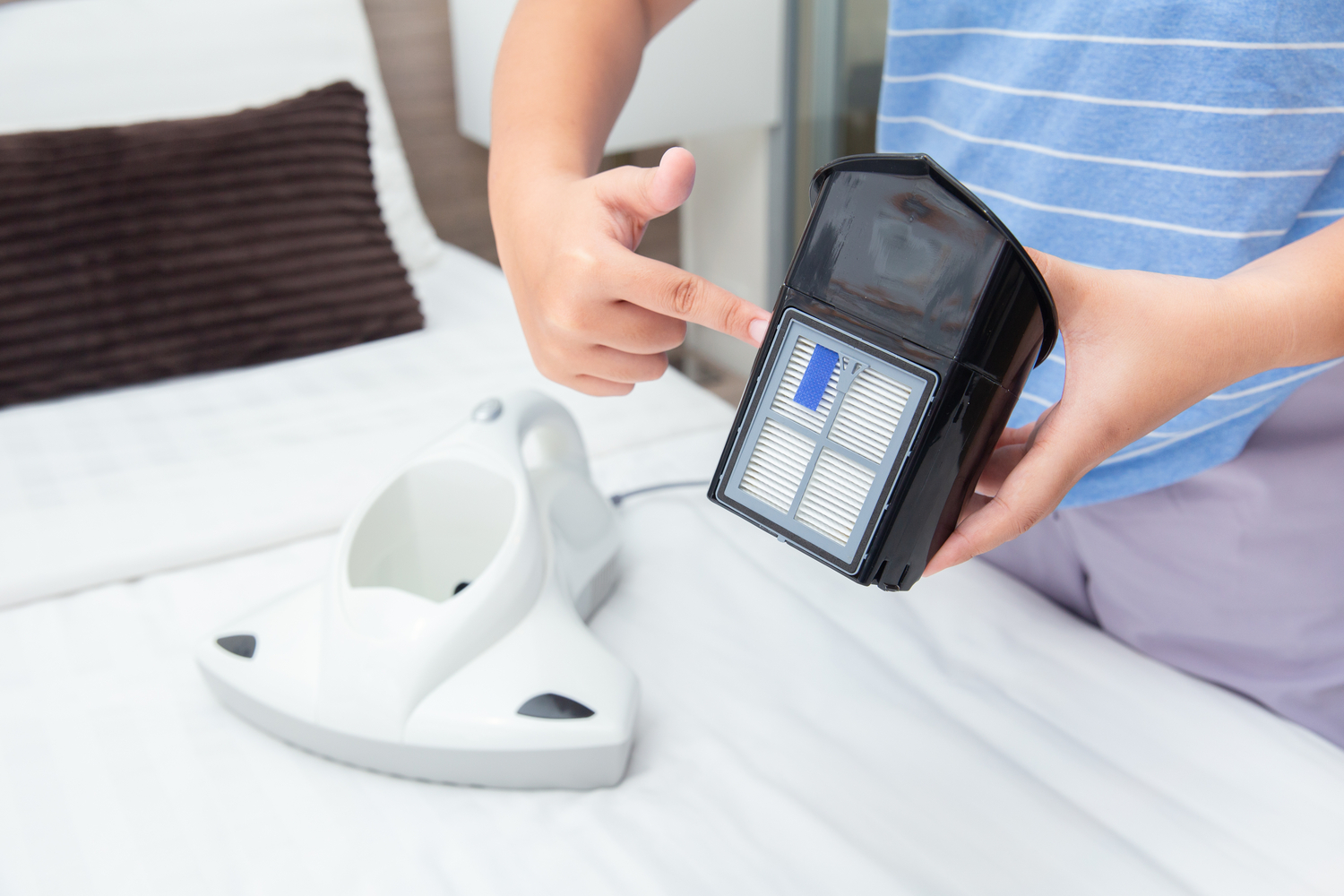What Is a True HEPA Filter and What It Isn’t
When you begin shopping for an appliance like an air purifier, an air conditioner, or a vacuum cleaner, the term you will most often come across is HEPA. HEPA stands for “High Efficiency Particulate Air” and is used to describe the type of filter contained within the appliance. Why is a HEPA filter an important part of one of these appliances? A HEPA filter is incredibly effective at capturing almost every size of particle that is in the air in your home.
There is confusion concerning these filters because there are true HEPA filters and then there are several “wannabe” HEPA filters, using terms like HEPA-like or HEPA-style. We’ll explore the differences between these different HEPA filters as you read further.
What Is the HEPA Standard?
For a filter to be a true HEPA, it must be able to trap 99.97% of all particles passing through the filter that are 0.3 microns in size. One micron is equal to one-millionth of a meter, or 1/25,400th of an inch (0.00000118 inches, too small to be seen with the naked eye). And that’s one micron. In this case we are talking about particles that are 1/3rd of one micron in size.
HEPA is a standard developed by the U.S. Department of Energy (DOE) during the development of the atomic bomb in the 1940’s. As part of the Manhattan Project, scientists needed a way to remove radioactive particles at atomic testing facilities. It is not important what is used to construct a HEPA filter, only that it will filter particles of a certain size at a certain efficiency, and that figure is 99.97% of all particles 0.3 microns in size or larger.
Common Indoor Pollutants and Sizes:
- Dust Mite Debris: 0.5 to 50 microns
- Household Dust: .05 to 100 microns
- Human Hair: 70 to 100 microns
- Bacteria: 0.35 to 10 microns
- Spores from plants: 6 to 100 microns
- Mold: 20 to 200 microns
- Smoke: 0.01 to 1 microns
- COVID: 0.06 to 1.4 microns
- Influenza: 0.08 to 0.12 microns
HEPA Definitions
There are no official certification standards for residential HEPA filters. That is why there are several different designations of the term “HEPA” when used in consumer air filters. The best way to be assured that you are getting the best HEPA filter possible, is to look for the Underwriters Laboratories seal of approval on the appliance. Here are some of the more common terms that marketers use for HEPA filters:
True HEPA – Any filter with the label “True HEPA” will be the closest performance-wise to the original Department of Energy standard. It should remove 99.97% of all particles that are 0.3 microns in size and above. Scientists refer to particles this small as MPPS, or the most penetrating particle size. The danger of MPPS is that they are small enough to penetrate your lungs or directly enter your bloodstream. A True HEPA filter will have a MERV rating (minimum efficiency reporting value) of at least 17.
HEPA Type – The term HEPA Type is rather meaningless, it is only a marketing ploy. This filter is claimed to be nearly as good as a True HEPA, however it usually has an efficiency rating of only 99% and will only capture particles that are 2 microns in size or larger. It will have a MERV rating in the 14-16 range.
HEPA Like – This is just another way of attempting to fool the general public, described to make you think it is a True HEAP filter. In reality, it is just another way of saying HEPA Type and has the same efficiency rating that the HEPA Type filters have.
“Permanent” or “Washable” HEPA Filters
Some True HEPA filters are marketed as “permanent” or “washable”. The manufacturers that make these filters claim that they are washable and reusable, thus saving you replacement money. This may be true, but it is our opinion that efficiency will be diminished over time and washings. When a True HEPA filter gets dirty to that point, replace it, don’t wash it and attempt to reuse it.
What to Look for When Buying HEPA Filters
1. Ease of replacement – HEPA filters need to be replaced more often than other filers to keep them working efficiently. How easy it is going to be to find a replacement filter?
2. Replacement recommendations - Check the recommended replacement schedule. Check to see how often is replacement going to be recommended or required?
3. Numbers are important! – The particle sizes that the filter is able to capture must be 0.3 microns, and its efficiency rating needs to be 99.97%.
4. Certification – True HEPA filters come with a certification number, HEPA like and HEPA style filters do not.
Conclusion
The filtration of fine particles can really improve indoor environmental conditions for people with allergies, asthma and other respiratory ailments, as well as protect the health of everyone in your home. The very best performance will be obtained by using only True HEPA filters that have a certification number. Both filtration and particle size specifications are extremely important.
If you have further questions about HEPA filters and indoor air quality, contact Water Mold Fire Restoration at 800-905-0277. Our certified professionals are available 24/7 to address any air quality questions or issues that you may have in your home. We can also be contacted via email at help@watermoldfire.net.








